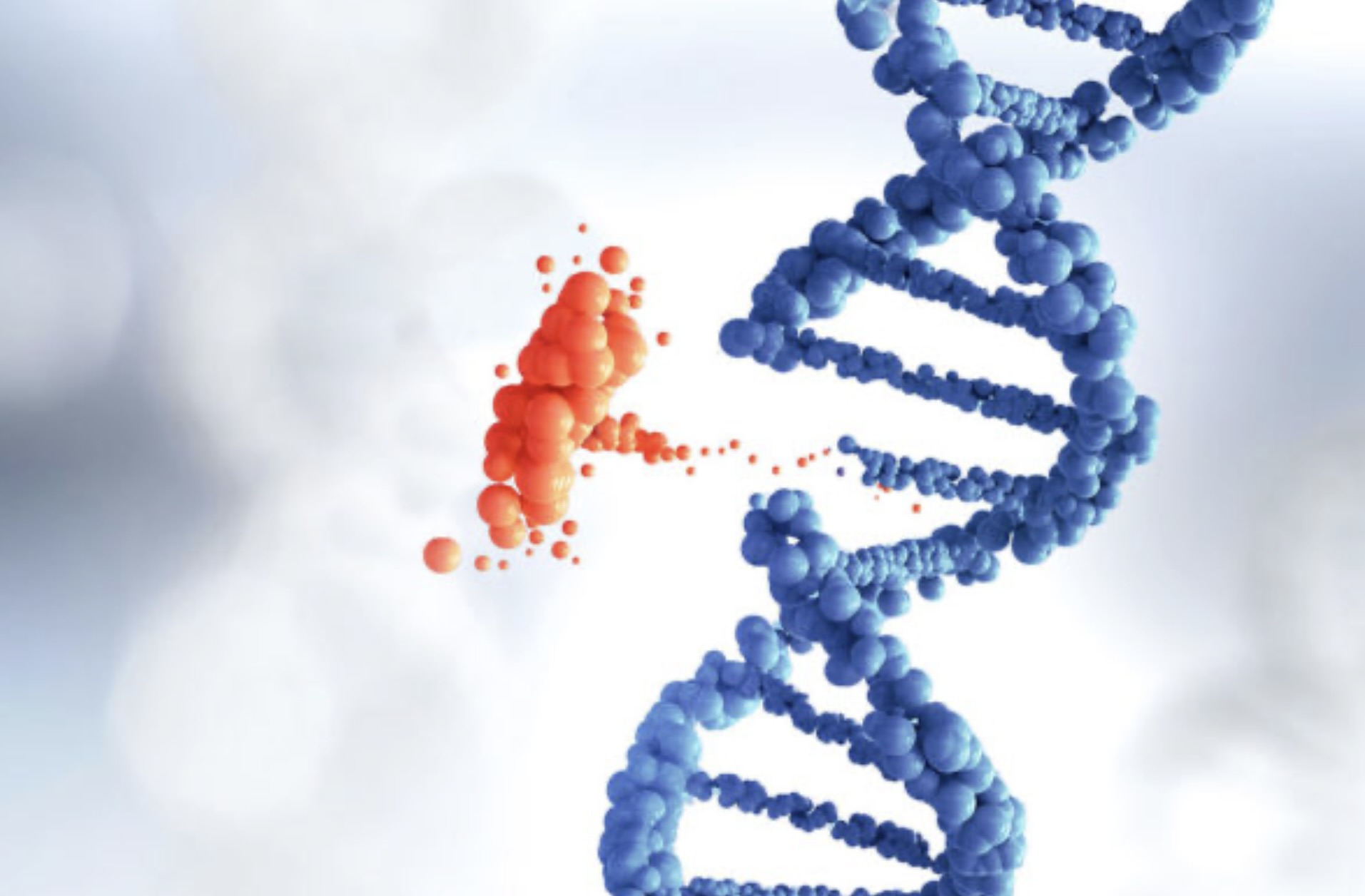Rapp Hodgkin Syndrome: Symptoms, Causes & Treatment
What are the symptoms of Rapp Hodgkin syndrome?
Rapp-Hodgkin syndrome, also known as anhidrotic ectodermal dysplasia with cleft lip/palate, is a rare genetic disorder that affects the development of ectodermal tissues, which include the skin, hair, nails, teeth, and sweat glands. The syndrome is characterized by a combination of symptoms that can vary widely among affected individuals. Common symptoms of Rapp-Hodgkin syndrome may include:
- Cleft Lip and/or Palate: A cleft lip and/or palate is a common feature of Rapp-Hodgkin syndrome. This is a birth defect in which the lip and/or palate (roof of the mouth) do not form properly, leading to an opening or gap.
- Sparse Hair: People with Rapp-Hodgkin syndrome often have sparse, fine hair that may be brittle and slow-growing.
- Missing or Abnormal Teeth: Tooth abnormalities are common in Rapp-Hodgkin syndrome, including missing teeth (hypodontia), malformed teeth, or abnormal tooth development.
- Skin Abnormalities: Skin abnormalities may include dry, rough, or scaly skin, as well as a reduced ability to sweat (anhidrosis) or absence of sweat glands.
- Nail Abnormalities: Nail abnormalities, such as thin or brittle nails, may be present in individuals with Rapp-Hodgkin syndrome.
- Eye Abnormalities: Some individuals with Rapp-Hodgkin syndrome may have eye abnormalities, such as sparse eyelashes or eyebrows, or abnormalities of the tear ducts.
- Ear Abnormalities: Ear abnormalities, such as small or misshapen ears, may be present in some individuals.
- Other Features: Other features that have been reported in individuals with Rapp-Hodgkin syndrome include facial abnormalities, such as a flattened nasal bridge or a broad nasal tip, and developmental delays or intellectual disability.
It’s important to note that the symptoms of Rapp-Hodgkin syndrome can vary widely among affected individuals, and not all individuals will have all of the symptoms listed above. The severity of symptoms can also vary, even among members of the same family. Treatment for Rapp-Hodgkin syndrome focuses on managing symptoms and may include dental care, speech therapy, and other supportive measures.
What are the causes of Rapp Hodgkin syndrome?
Rapp-Hodgkin syndrome, also known as anhidrotic ectodermal dysplasia with cleft lip/palate, is a rare genetic disorder that is caused by mutations in the TP63 gene. The TP63 gene provides instructions for making a protein that is involved in the development of ectodermal tissues, which include the skin, hair, nails, teeth, and sweat glands.
Mutations in the TP63 gene can disrupt the normal development of ectodermal tissues, leading to the characteristic features of Rapp-Hodgkin syndrome. These features may include cleft lip and/or palate, sparse hair, missing or abnormal teeth, skin abnormalities, and nail abnormalities, among others.
Rapp-Hodgkin syndrome is inherited in an autosomal dominant pattern, which means that a mutation in only one copy of the TP63 gene is sufficient to cause the disorder. In some cases, Rapp-Hodgkin syndrome may occur sporadically as a result of a new mutation in the TP63 gene, with no family history of the disorder.
It’s important to note that while Rapp-Hodgkin syndrome is caused by mutations in the TP63 gene, not all individuals with mutations in this gene will develop the syndrome. The severity of symptoms can vary widely among affected individuals, even among members of the same family.
What is the treatment for Rapp Hodgkin syndrome?
Treatment for Rapp-Hodgkin syndrome, also known as anhidrotic ectodermal dysplasia with cleft lip/palate, focuses on managing the symptoms of the disorder and improving quality of life. Since Rapp-Hodgkin syndrome affects multiple systems in the body, a multidisciplinary approach involving various healthcare providers may be beneficial. Treatment options may include:
- Cleft Lip and Palate Repair: Surgery may be performed to repair cleft lip and palate defects, which can improve feeding, speech, and appearance.
- Dental Care: Dental treatment is often necessary to address missing or malformed teeth. This may include the use of dentures, dental implants, or other dental prosthetics to improve chewing and speech.
- Hair and Skin Care: Gentle skin care and moisturizers may help manage dry, scaly skin. Hair care products and treatments may help improve the appearance and texture of sparse hair.
- Eye and Ear Care: Regular eye exams and the use of artificial tears may help manage eye abnormalities. Ear abnormalities may require monitoring and treatment by an ear, nose, and throat (ENT) specialist.
- Nutritional Support: A nutritionist or dietitian may provide guidance on a balanced diet to ensure adequate nutrition, especially in cases where chewing or swallowing difficulties are present.
- Speech Therapy: Speech therapy may be recommended to improve speech and language development, especially in cases of cleft lip and palate.
- Supportive Therapies: Physical therapy, occupational therapy, and other supportive therapies may be beneficial to improve mobility, coordination, and overall function.
- Psychological Support: Living with a rare disorder like Rapp-Hodgkin syndrome can be challenging, and individuals and families may benefit from psychological support and counseling.
It’s important for individuals with Rapp-Hodgkin syndrome to receive regular medical care and monitoring to address any new or developing symptoms and to ensure that treatment remains appropriate and effective. A team of healthcare providers, including specialists in genetics, dermatology, dentistry, and other fields, may be involved in the care of individuals with Rapp-Hodgkin syndrome.




